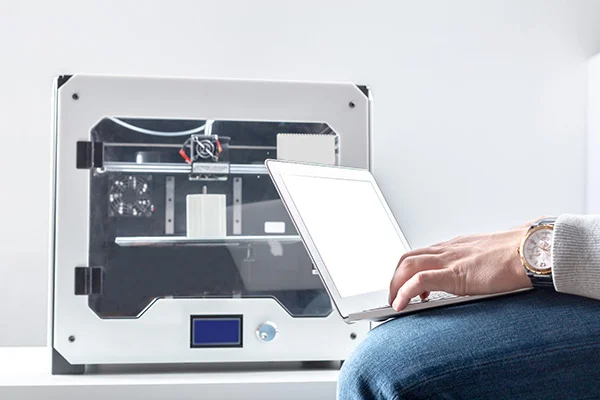Five points to consider for a CAD Software Development Process
- Home
- Blog Details

- March 20 2019
- admin
In any software development process, the methodology involved is more or less the same. The most generic requirements are developers, preferred programming language, testers and carefully planned set of actions to perform. The same can be applied to development of CAD software as well.
Having CAD software that can actually meet product development needs is an obvious necessity. Although, there is a lot of common ground between a CAD software development project and a regular software development project, there are criteria very specific to CAD software development projects which needs to be addressed.
Let us take a walkthrough:
Acceptance criteria are a list that mentions user requirements and product scenarios, one by one. Acceptance criteria explain conditions under which the user requirements are desired, thus getting rid of any uncertainty of the client’s expectations and misunderstandings. However, defining acceptance criteria is not simple, but has its complications. Also, it is not convenient to expect a 100% pass rate. In such case, an ideal way is to have a set of test cases with defined input and output data.
To successfully develop a complex product, two critical questions must be answered, how to develop the right product and how to develop the product right.Unlike some of the other problems like interest rate calculations or workflow management system, there is not a defined set of steps that results in the final answer. There are often multiple algorithms for a single issue and the situation becomes more complicated when a particular algorithm, deemed to be perfect for a given situation, may not perform that well in a different scenario, which often leads to trade offs.
Tolerance is one of the factors to evaluate product quality and cost. It has a significant role. As tight tolerance assignment ensures design requirements in terms of function and quality, it also induces more requirements in manufacturing, inspection and service that results in higher production cost. Most of CAD data works on variables that are doubles and floats and Floating point precision, Tolerance plays a very important role in the algorithms. When using data from other systems say STEP file from other source, if there is a mismatch in the tolerance, the destination system can cause lot of issues.
Adding a new functionality or improving an algorithm always has a risk of impacting the test cases that were working before the fixes. One should always develop a robust test suite for catching regressions while carrying out testing. To create a regression test case suite one must have thorough application knowledge or complete understanding of the product flow.
The quick emergence of varied CAD software has led designers to democratize, leading to the usage of multiple CAD systems in the design process, thus challenging the CAD interoperability aggressively. Different suppliers require different CAD platforms. It depends on many factors, primarily the nature of the task and product upon which it has to work. Merging different CAD data together without affecting the design intent is quite the hassle. Although, a lot of software these days support different CAD files, there are instances, where the particulars of a project has made the product confined to that one CAD software. Interoperability eases up extra work and whether to make your own software compatible with other, is a decision that should be seriously taken into account.
- adminhttps://www.pre-scient.com/author/webwideit/
- adminhttps://www.pre-scient.com/author/webwideit/
- adminhttps://www.pre-scient.com/author/webwideit/
- adminhttps://www.pre-scient.com/author/webwideit/

